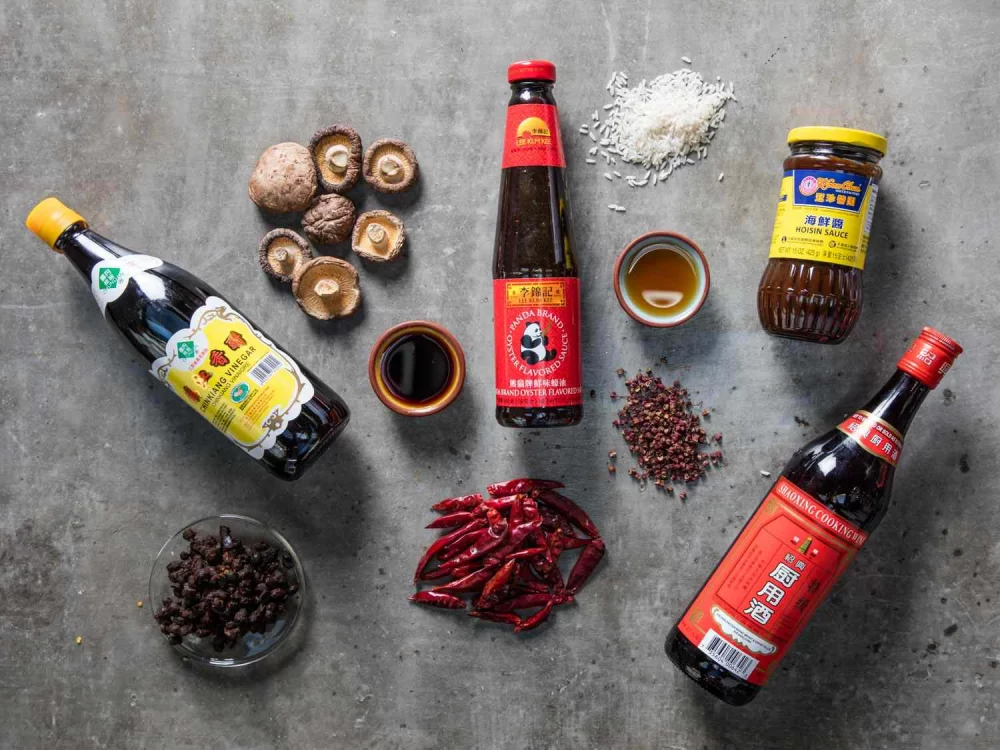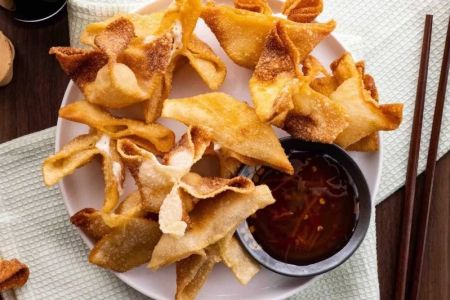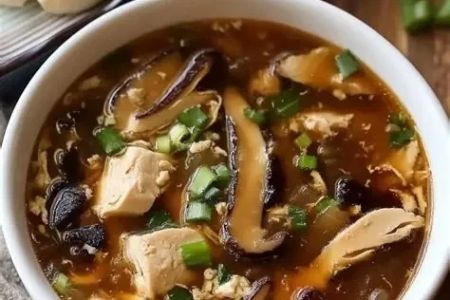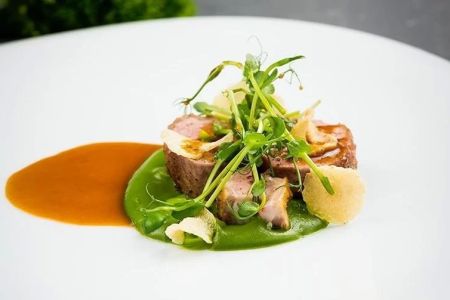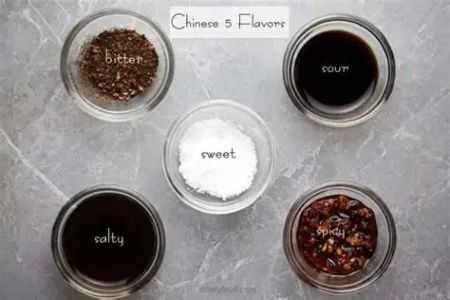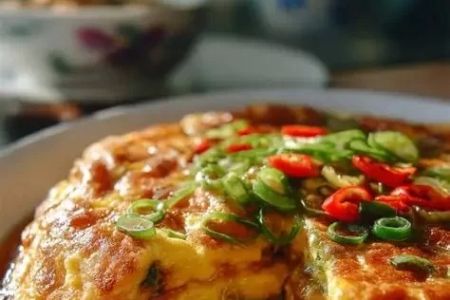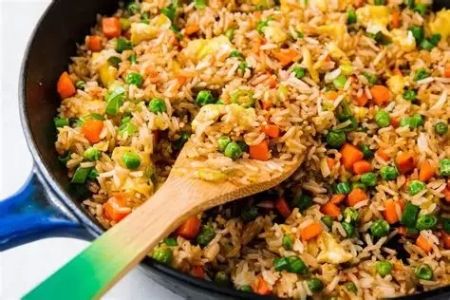Unveiling the Heart of Chinese Cuisine: The Ingredients You Need to Know
1. Understanding Chinese Ingredients: A Journey Through the Kitchen
When I first started exploring Chinese cuisine, I was both excited and overwhelmed. There was a vast array of ingredients I’d never encountered before, each one offering a unique flavor profile that could transform a dish. Chinese cuisine is like a tapestry woven from centuries of tradition, innovation, and regional diversity. The ingredients used are just as varied as the regions themselves, from the spicy heat of Sichuan to the subtle sweetness of Cantonese dishes.
As I delved deeper into my kitchen adventures, I realized that certain ingredients were not just commonly used, but essential for creating authentic Chinese dishes. In this article, I’ll share my experience and guide you through some of the key staples you’ll need in your pantry to start cooking Chinese food at home. Whether you're a seasoned cook or a beginner, understanding these ingredients will elevate your cooking and open up a world of flavor.
2. The Backbone of Chinese Cooking: Sauces and Condiments
Chinese sauces and condiments are the soul of the cuisine. They bring richness, depth, and complexity to every dish. Among the most important are soy sauce, rice vinegar, and hoisin sauce. I remember the first time I tasted a well-seasoned stir-fry that balanced salty soy sauce with a touch of sweetness from hoisin. It was like a lightbulb went off in my head – I understood why Chinese food tastes so unique!
2.1 Soy Sauce
Soy sauce is undoubtedly the most widely used condiment in Chinese cooking. It's made from fermented soybeans and wheat, and its rich, umami flavor is a foundational element in many Chinese dishes. I use both light and dark soy sauce, with the lighter variety offering a saltier taste and the darker one providing a deeper, more mellow flavor. Soy sauce isn’t just for stir-fries; it’s also used in marinades, braises, and as a dipping sauce.
2.2 Rice Vinegar
Rice vinegar, with its mild tang, is another essential ingredient. It’s more delicate than regular vinegar, which is why it’s often paired with soy sauce to balance flavors. Whether in a quick stir-fry or a flavorful dipping sauce for dumplings, rice vinegar is one of those ingredients that I can’t imagine cooking without.
2.3 Hoisin Sauce
Hoisin sauce is a thick, fragrant sauce made from fermented soybeans, sugar, vinegar, and various spices. It's sweet, salty, and slightly smoky, making it a favorite in Chinese barbecue dishes like Peking duck. I’ve often used hoisin to add depth to stir-fries or as a condiment for spring rolls, and it never fails to impress.
3. The Aromatics That Make Chinese Food So Inviting
A key component of Chinese cooking is the use of fresh aromatics. These ingredients bring an incredible fragrance and flavor to the dish, tantalizing the taste buds from the first bite to the last. The most common aromatics in Chinese kitchens are garlic, ginger, and scallions. They are used in everything from stir-fries to soups, creating a flavor base that’s indispensable.
3.1 Garlic
Garlic is a staple in many Chinese dishes. I learned quickly that the smell of garlic sautéing in hot oil is one of the most appetizing aromas. Whether it’s in a garlicky stir-fry, a fragrant noodle dish, or a savory marinade, garlic brings both heat and complexity to the table. Just a few cloves can completely transform a dish.
3.2 Ginger
Ginger is another aromatic that plays a pivotal role in Chinese cooking. Fresh ginger has a sharp, slightly peppery flavor that adds warmth and zest to any dish. I often use it in stir-fries, sauces, and soups. The combination of garlic and ginger creates a harmonious base for so many classic Chinese recipes.
3.3 Scallions
Scallions, or green onions, are incredibly versatile. They’re used both as a garnish and as an ingredient in stir-fries, dumplings, and soups. The mild onion flavor adds a refreshing crunch and subtle sharpness to dishes, and I’ve found they pair especially well with savory meats like pork and chicken.
4. The Spices and Seasonings That Elevate Chinese Dishes
Beyond soy sauce and vinegar, Chinese cuisine is known for its complex layering of spices and seasonings. From the fragrant heat of Sichuan peppercorns to the earthiness of star anise, these ingredients are what truly set Chinese food apart. I’ve had the joy of experimenting with many of them, and each spice brings a unique dimension to a dish.
4.1 Sichuan Peppercorns
Sichuan peppercorns are one of the most distinctive spices in Chinese cuisine. They have a numbing, tingling effect on the tongue, which pairs beautifully with hot peppers to create the characteristic “mala” flavor of Sichuan cuisine. The first time I tasted a Sichuan dish, the numbing sensation was so intense that it left a lasting impression on me. Since then, I’ve learned how to use Sichuan peppercorns in stir-fries, hotpots, and even sauces to add a delightful twist.
4.2 Star Anise
Star anise is a spice that is essential in braised dishes, particularly those from southern China. Its sweet, licorice-like flavor adds depth and complexity to broths, stews, and soups. I often use it in recipes like red-braised pork and in aromatic broths for noodle soups. Just one star anise can transform the flavor of a dish.
4.3 Five-Spice Powder
Five-spice powder is a classic Chinese seasoning blend made from star anise, cloves, Chinese cinnamon, Sichuan peppercorns, and fennel seeds. The combination of these spices is used in both savory and sweet dishes, offering a balance of sweet, savory, and aromatic flavors. I use five-spice powder to season meats like duck and pork, but it's also delicious in desserts like mooncakes.
5. Essential Grains and Noodles in Chinese Cooking
Chinese cuisine is known for its variety of grains and noodles, each playing a critical role in different regional dishes. Whether it’s the comforting bowl of rice or the chewy texture of Chinese egg noodles, these staple foods are at the core of Chinese meals.
5.1 Rice
Rice is the cornerstone of Chinese cooking. In fact, a meal in many regions of China is not complete without a bowl of steamed rice. Depending on the region, you might find long-grain rice, short-grain rice, or even sticky rice, which is used in desserts and dumplings. As someone who eats rice almost every day, I can’t imagine preparing a Chinese meal without it!
5.2 Noodles
Chinese noodles come in many varieties, from wheat noodles to rice noodles. They are used in everything from stir-fries to soups. The most memorable noodle dish I’ve had was a hand-pulled noodle dish in Xi’an, where the noodles were incredibly chewy and satisfying. The different types of noodles each have their own texture and absorb flavors differently, so they’re crucial for getting the dish just right.
6. Conclusion: Embrace the Journey of Chinese Cooking
As I continue my culinary journey with Chinese ingredients, I find that the more I learn, the more I realize how much there is to explore. The ingredients mentioned in this article are just the tip of the iceberg. Chinese cuisine is vast, and each dish offers an opportunity to experiment with different ingredients, techniques, and flavors. So, whether you're cooking a quick stir-fry or embarking on a more complex dish, keep these essentials on hand and enjoy the experience. Happy cooking!


